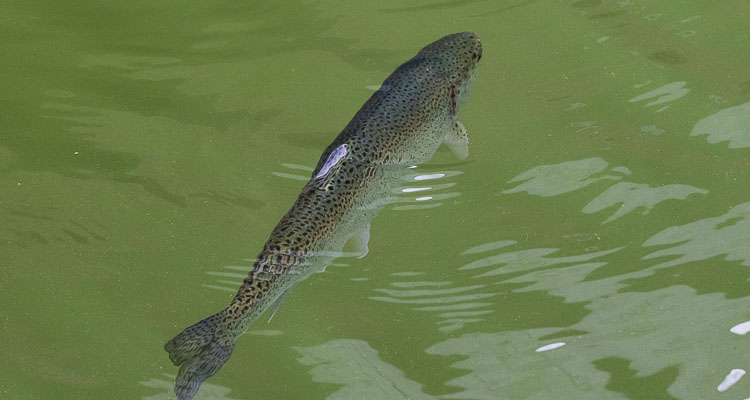
The strategy also includes a commitment to the implementation of the Washington Hunting and Angling Recruitment, Retention, and Reactivation Plan to support hunters and anglers
OLYMPIA – The Washington Department of Fish and Wildlife (WDFW or Department) today announced the publication of its 10-year strategy for managing outdoor recreation on over 1 million acres of WDFW-managed lands. The document will guide the Department’s efforts to respond to increasing demand for access, make public lands more welcoming to diverse visitors, and protect critical resources.
“Enthusiasm for outdoor recreation reached new peaks during the pandemic and we expect the pace to continue in the years to come,” said WDFW Director Kelly Susewind. “This strategy will allow us to continue welcoming people to enjoy these beautiful places, while also reducing impacts to natural, cultural and tribal resources.”
WDFW identified six initiatives as part of the strategy: recreation planning, education and engagement, use and impact monitoring, rulemaking, travel management, and capacity and funding. The strategy also includes a commitment to the implementation of the broader agency Washington Hunting and Angling Recruitment, Retention, and Reactivation (R3) Plan to support hunters and anglers both on and off WDFW-managed lands, while also welcoming new visitors and outdoor enthusiasts.
“This strategy is ambitious and a big step forward in envisioning a more inclusive and sustainable future for outdoor recreation on WDFW-managed lands,” said WDFW Lands Division Manager Cynthia Wilkerson. “We appreciate everyone who took the time to share their thoughts and ideas with us throughout this process. We also look forward to ongoing engagement during its implementation to help garner the support necessary to build our capacity for success.”
The published document followed a two-year planning process with extensive tribal government, partner and stakeholder engagement and public feedback, culminating with a public comment period that garnered more than 600 comments in winter 2022. WDFW staff briefed the Washington Fish and Wildlife Commission on the strategy during its August meeting .
To view the strategy, visit https://wdfw.wa.gov/publications/02293.
By actively managing lands, restoring habitats, and preserving wild places, WDFW serves as stewards for Washington’s natural places, protecting the state’s land and water for its human and wildlife populations.
Also read:
- CCSO discovers human remains in homeless campOn Monday, CCSO patrol deputies, acting on an online report from a resident, located partially decomposed human remains in a tent structure at a transient camp in the wooded area north of NE 179th St near NE 10th Ave.
- Union High School baseball celebrates those who serve at Honor GameThe Union High School baseball team invited veterans, first responders, and educators to their game against Battle Ground on Tuesday to participate in their Honor Game, celebrating those who serve others.
- If voters decide to repeal WA Cares, will the state refund tax collections?If voters approve Initiative 2124 this November to repeal the program known as WA Cares, workers can opt out of having 58 cents out of every $100 earned deducted from their paychecks.
- County Permit Center moves to new office in Public Service CenterThe Clark County Permit Center has a new home within the Public Service Center.
- City of Vancouver wants to hear from the public about city manager recruitment surveyThe city recently launched a nationwide recruitment process to hire Vancouver’s next city manager.
- Vancouver Fire responds to house fireOn Tuesday (April 23) at 3:45 p.m., the Vancouver Fire Department was called for a house fire at 100 S. Knoxville Way.
- Ridgefield School District school bond proposal appears to be failingThe first results of the April 23 special election show the school bond proposal in the Ridgefield School District is currently failing approval.











